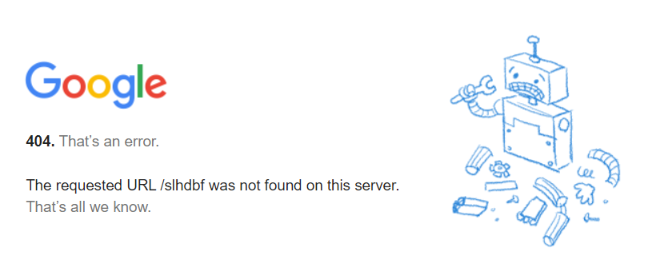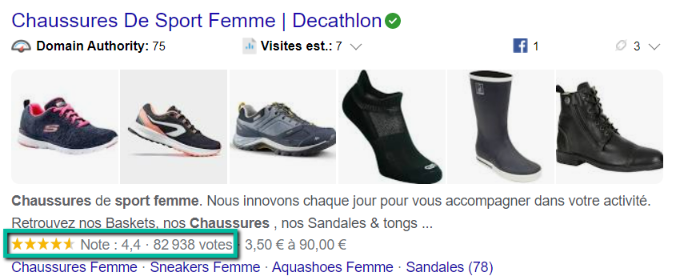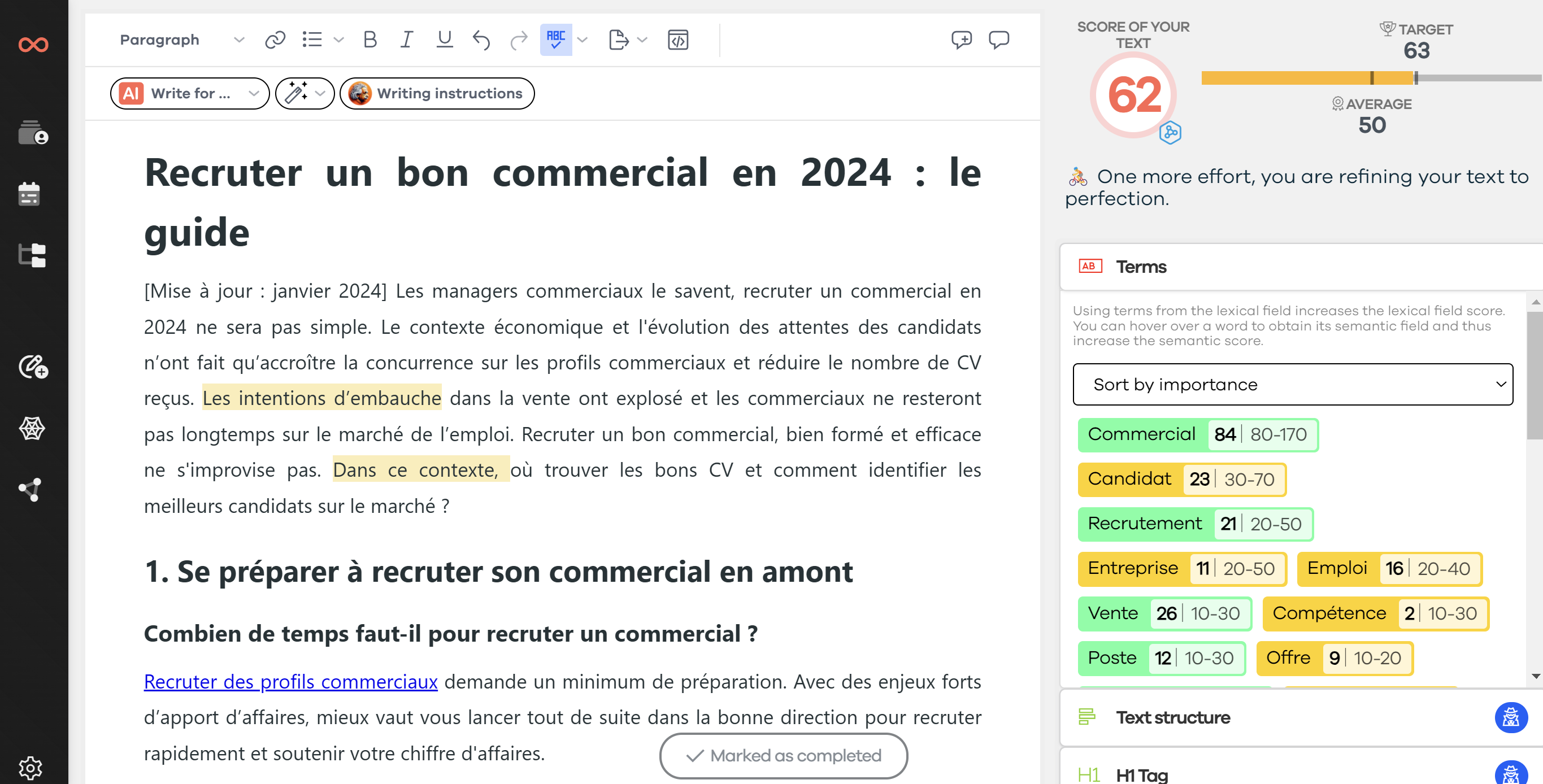Online merchants sometimes believe that to generate traffic, all they need to do is list hundreds, or even thousands of products on their online sales site. Nothing could be further from the truth! Indeed, SEO optimization is a much more complex process for online sales sites than for blogs or simple business websites. Indeed, organic ranking is affected by daily content changes. This issue makes the SEO of e-commerce sites challenging. Today, we will review the 5 most common mistakes in the context of SEO optimization for online stores and Internet sales sites from an SEO content perspective.
🚀 Quick read: the 5 most common mistakes of e-commerce stores in SEO content management
After analyzing e-commerce sites, we have identified 5 recurring mistakes in the content that penalize their Google ranking:
- Duplicate content
- Pages without content
- Management of out-of-stock products
- Lack of customer reviews
- Non-compliance with search intent
1️⃣ Using content provided by the manufacturer
If you want to avoid being taken into account by search engines, all you need to do is use the manufacturer's description! Indeed, this will guarantee you to reduce your visibility on search engines.
These descriptions are given as an indication to many online stores by their suppliers. And most of them keep the text in its original form. Thus, many pages with identical content are penalized by Google.
In my opinion, it is, however, difficult to talk about duplicate content penalty for e-commerce sites. Google (via the Rankbrain update) allows some tolerance for product pages, especially since the supplier base is the same for many e-merchants. Nevertheless, duplicate content is really penalizing for informational type queries or to stand out from the competition.
In addition to the impact on SEO, there is a negative effect on sales: indeed, the way these descriptions are written does not encourage purchasing.
You should always write unique content for your online store! Google is becoming more and more efficient in ranking websites and effectively takes plagiarism into account. Want to know if you have duplicate content on your site? All you need to do is use a plagiarism checker!
Creating unique content for thousands of products or for a very diverse stock can be an intimidating task. However, professional web copywriters are used to this kind of challenge. If you don't have the budget to hire an in-house editorial team, an automatic writing software could be very useful to you.
In this specific case, it is wise to put a noindex tag on product pages for which writing unique content is impossible.
2️⃣ Lack of product description
From my experience, this mistake is usually made by online clothing sites. Unfortunately, the total absence of texts describing the products practically ends the chances of the page being among the top ten results of the search engine (SERP). So don't forget to add the description to the product sheet, don't ruin your page's chances!
Also, make sure to describe the product with a sufficient number of words. Indeed, choosing the right content length is an essential technique to convey a clear and complete message to Google.
Obviously, the more detailed and unique your content is, the more effective your SEO will be. However, the following points should be kept in mind:
- write only quality descriptive content that helps customers in their purchasing decisions;
- do not copy the content from another website or from the supplier;
- test the ideal number of words that favor visitor conversion. Too long content can also harm the SEO of your product pages!
An excellent way to measure the amount of unique content you need is to measure the default word count of a blank product page.
Count all the words that are used for navigation and appear in boxes, footers, and all the text present on the product page.
Make sure your text exceeds this default word count to give it more importance.
3️⃣ Catastrophic management of out-of-stock products
Nothing is worse for your customers than finding the product they are looking for, but not being able to buy it! If this is the case and no alternative is offered, you are sure to quickly lose your traffic! However, there are techniques to avoid this kind of mishap for your visitor.
These strategies will nevertheless be different depending on the future availability of the product. Indeed, you will not proceed in the same way if it is a temporary or definitive stockout.
Definitive stockout
When you are certain that you will no longer be able to offer an item in the future, do not make the most common mistake: deleting the page! Indeed, this will create a 404 error code that is very much disliked by Google and Internet users.

If you have product pages that are inaccessible or about to no longer be part of your stock, then you will need to exclude them from search engine indexing. To do this, add the "noindex" tag to the concerned pages.
Also consider making a permanent 301 redirect to a similar product. This way, Internet users will always get a result that matches their purchasing desire. Indeed, even if it is deindexed, the URL could still be accessible from the favorites of your regular customers or from an external site.
Temporary stockout
This case is very common and can be related to several factors (big sale, supplier waiting, customer delivery problem, etc.). In this case, the two most common mistakes are to unpublish the page or to create a temporary 302 redirect.
These two ways of proceeding will send a negative message to Google, which is likely to severely penalize your positioning on the search engine results page!
The best practice is therefore to update the content of your product sheet. Inform your visitor of the problem and offer alternatives so as not to miss your sale. Here are some update ideas you could implement:
- proposal of similar items,
- pre-order,
- notification when the product will be available again,
- withdrawal at the store or depot,
- etc.
4️⃣ Lack of product reviews

Before making a purchase, about 70% of buyers look for reviews on products, on forums or on merchant sites. This means that if your site has no reviews, you will lose a large number of potential customers. In addition, pages containing reviews benefit from better ranking on commercial type queries.
Customer reviews allow:
- to create free unique content! You now know that it is important to create original content, even if it is a difficult task. Here is some good news: reviews solve this problem!
- the product page to be often modified: search engines will analyze it more often. Each update of your site has a positive overall effect on SEO.
Amazon.com not only allows its users to buy products, but also to leave comments on items such as books, trinkets, etc.
Thus, they have encouraged the development of a community of enthusiasts who share their experiences.
5️⃣ Non-compliance with intent and keywords per product pages
It is essential to take into account the search intent (see our video below) as well as the keywords that Internet users use in search engines. This is particularly the case when you write your product titles and descriptions.
Otherwise, you risk promoting something that no one is looking for. Stores that have a large number of different products often make this mistake!
Let's take the example of a page whose title, H1 title tag, and image ALT tag have the keyword "Bose QC35". In this case, choosing more specific keywords like "Bose QC35 noise-canceling headphones" is more judicious.
On this note, here are some tips to help you better optimize product pages:
- use numbers in your title tags and H1 tags;
- indicate brand names in your title tags and H1 tags;
- don't forget to fill in the ALT tag of the image;
- don't use the same keyword everywhere on the product page;
- optimize the hot zones of web writing (introduction. conclusion, internal links, etc.);
- Use the right lexical field adapted to your key expression. The SEOQuantum tool can help you!
🎁 Tips to avoid duplicate content in e-commerce
The main scourge of e-commerce sites is duplicate content. Here are some tips to reduce similar content:
- Use the robots.txt file to block access to areas with high duplicate content such as archives, tags, and in some cases, category pages.
- Fill in the canonical tag to indicate which web pages should be indexed. For example, if your shopping cart creates new URLs due to reviews or comments (which means you have more than one page with exactly the same content, one with reviews and the other without), the canonical tag will direct search engines to the page that should be taken into account.
- You can add the nofollow attribute to links that lead to areas with duplicate content. However, be careful not to forget any links, otherwise Google will be able to analyze them.
🥇 The golden rule of SEO in e-commerce: prioritize user experience
As you know, Google is a search engine that cares about its users. That's why it's important that your online store is practical and well adapted to customers' needs. What pleases your customers pleases Google!
The more users spend time on your online store, the less they return to the results page (SERP) and the more Google is convinced to have directed them to the right answer. By offering good SEO content on your e-commerce and optimizing your internal linking, you keep your traffic on your site.
Moreover, users who appreciate your website and what you offer are much more likely to post a link to one of your pages. As you already know, link building helps boost SEO.
Have you already identified SEO mistakes made by e-commerce sites? Among the 5 proposed in this post, have you also committed any? It's never too late to improve the SEO content of your e-commerce!
Now, it's your turn! Update the texts of your product sheets and make the necessary adjustments to improve UX and your SEO! Your turnover will thank you! 😉
🙏 Sources used to write this article
Need to go further?
If you need to delve deeper into the topic, the editorial team recommends the following 5 contents:

